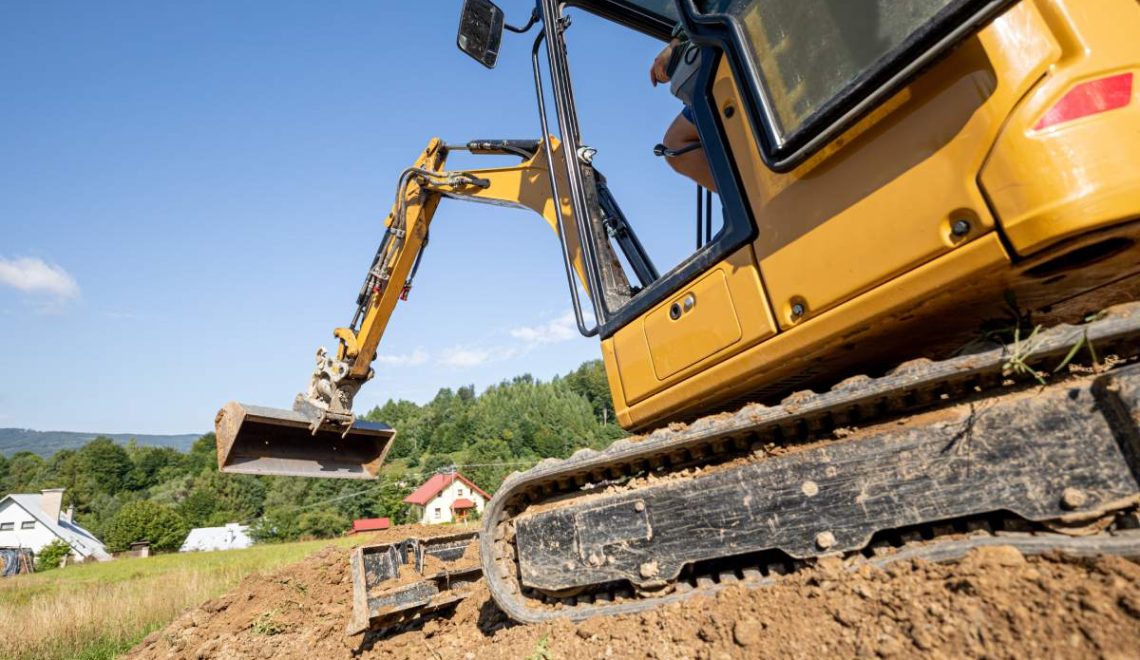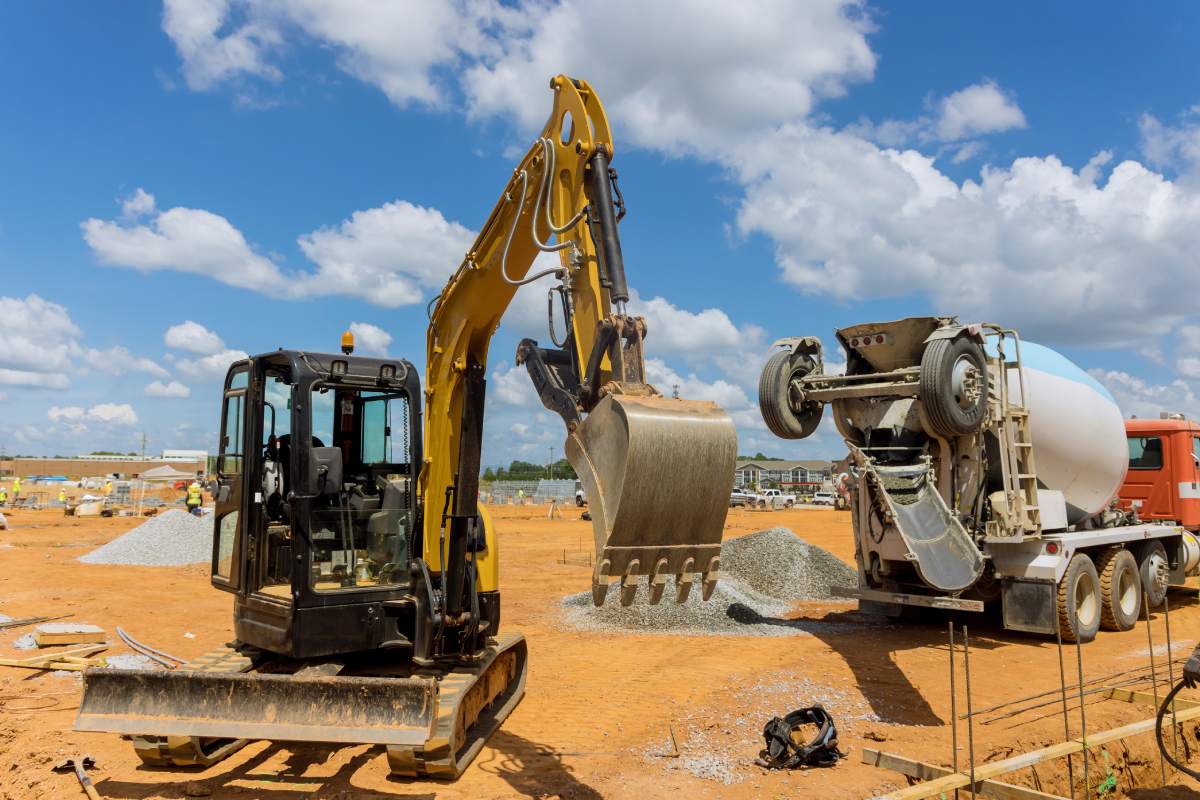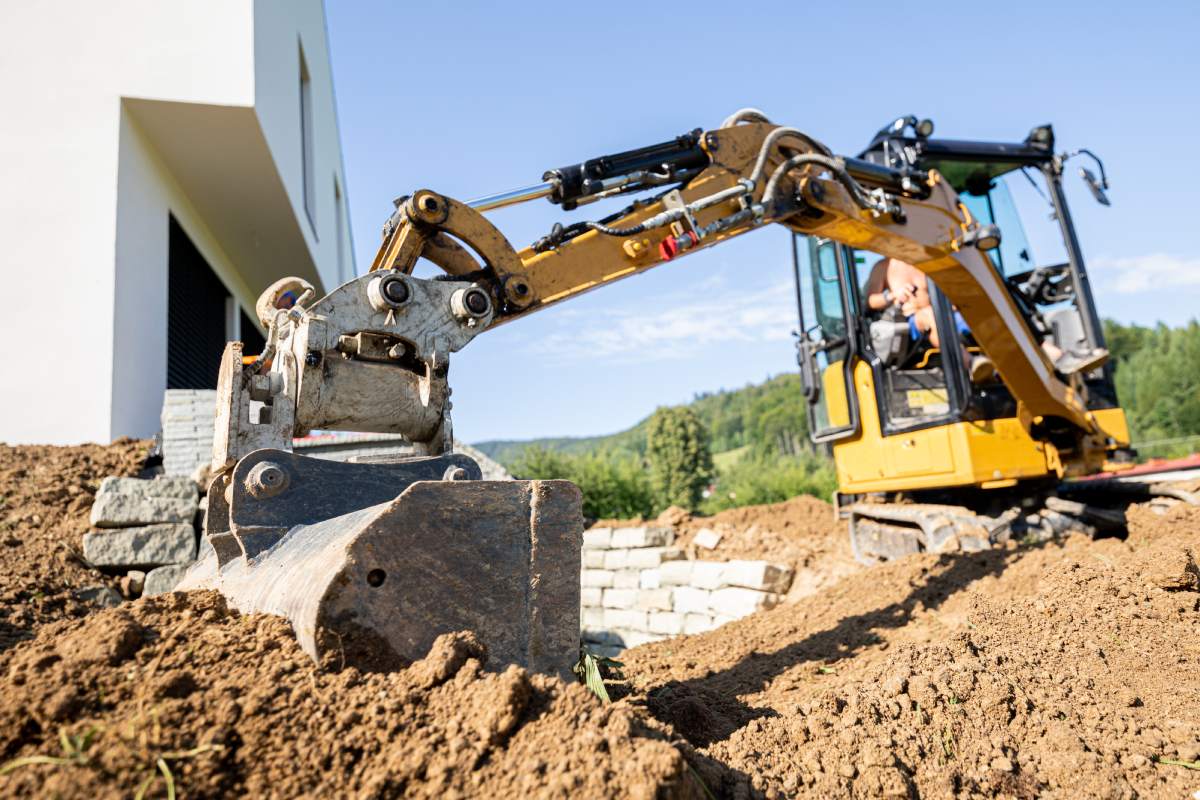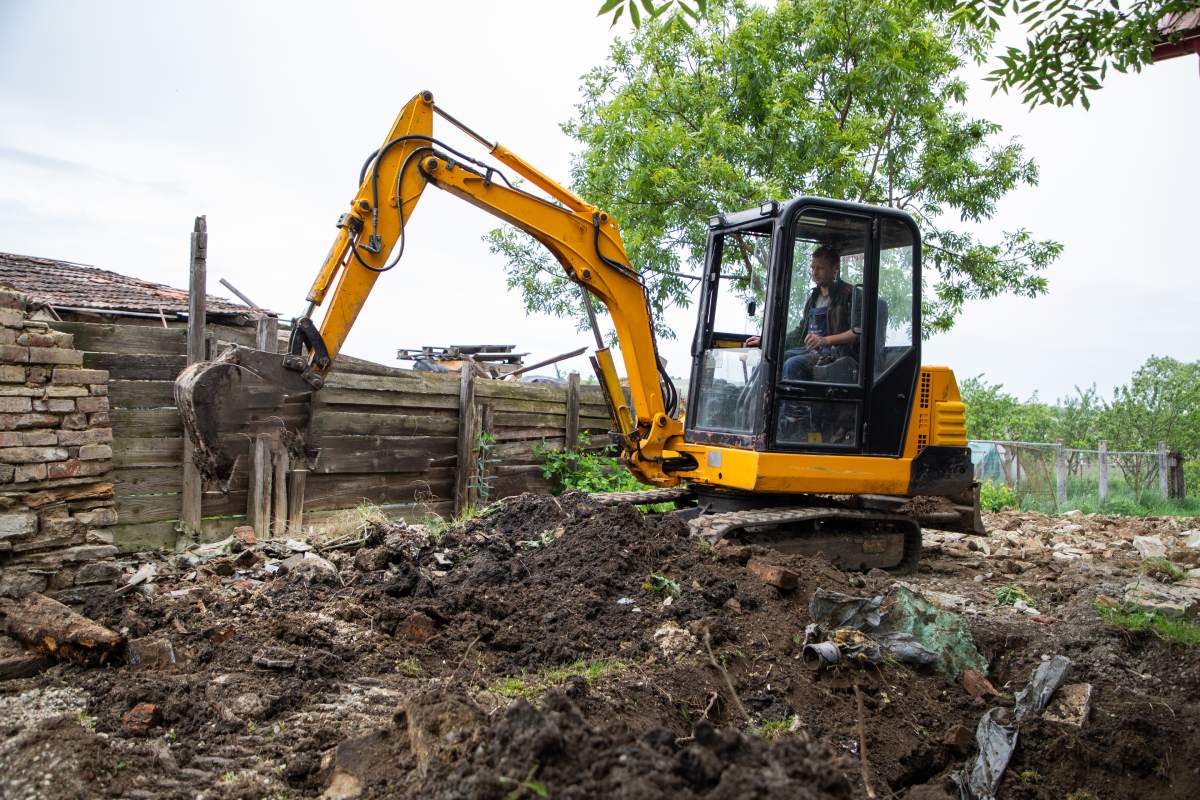
When it comes to maintaining and optimizing your mini excavator, the choice of exhaust system plays a significant role in your machine’s performance, efficiency, and longevity. One of the key decisions you’ll face is whether to stick with the Original Equipment Manufacturer (OEM) exhaust system or explore aftermarket alternatives.
While the OEM exhaust is tailored to meet your excavator’s specific requirements, aftermarket options often promise cost savings, improved performance, and customization. But is an aftermarket exhaust truly worth the investment, or should you rely on the tried-and-tested OEM system?
This article will explore the pros and cons of both options, helping you make an informed decision that best suits your needs.
Is the OEM Exhaust Enough For Your Mini Excavator?
When you invest in a mini excavator, one of the decisions you’ll face is whether to stick with the Original Equipment Manufacturer’s (OEM) exhaust system or explore aftermarket options. The exhaust system is crucial, as it directly impacts your machine’s performance, fuel efficiency, and environmental compliance. So, is the OEM exhaust enough for your mini excavator? Let’s break it down.
What is an OEM Exhaust System?
The OEM exhaust system is the one that comes installed on your mini excavator straight from the manufacturer. It’s designed specifically for your machine, meaning it’s tailored to meet the performance requirements and legal standards set by the manufacturer. OEM parts are known for their reliability, as they are built to match the exact specifications of the original components of your excavator.
The Advantages of OEM Exhaust Systems
- Compatibility: Since the OEM exhaust is designed specifically for your mini excavator, you can be confident that it will fit perfectly and function as intended. This eliminates the guesswork that sometimes comes with aftermarket parts.
- Warranty Protection: Using OEM parts helps maintain your excavator’s warranty. If you switch to an aftermarket exhaust, you might void the warranty, which could lead to higher costs if something goes wrong.
- Reliability and Longevity: OEM exhaust systems are built to last. They undergo rigorous testing and are made from high-quality materials that meet the manufacturer’s standards. This means you can expect a longer lifespan compared to some aftermarket options.
- Environmental Compliance: OEM exhaust systems are designed to meet strict emission standards. In Australia, regulations regarding emissions are stringent, and using the OEM exhaust ensures that your machine remains compliant with these laws. This can prevent potential fines or penalties.
Are There Downsides to Sticking with OEM?
While OEM exhaust systems offer several benefits, they’re not without drawbacks. For one, OEM parts are often more expensive than aftermarket alternatives. If you’re operating on a tight budget, this could be a significant factor. Additionally, the OEM exhaust may not always deliver the best performance for your specific needs. For instance, if you’re working in a particularly dusty or harsh environment, an aftermarket system might offer better durability or efficiency.
When Should You Consider an Aftermarket Exhaust?
- Cost Savings: Aftermarket exhaust systems are generally cheaper than OEM parts. If you’re looking to save money, this could be an attractive option. However, it’s crucial to research and choose a reputable brand to avoid compromising on quality.
- Custom Performance: If you need more power, better fuel efficiency, or enhanced durability, an aftermarket exhaust might be worth considering. Some aftermarket systems are designed to improve specific aspects of performance, which could be beneficial depending on your work conditions.
- Availability: Sometimes, OEM parts can be hard to come by, especially for older models. In such cases, aftermarket exhaust systems might be more readily available, ensuring your excavator doesn’t experience extended downtime.
Conclusion: Is the OEM Exhaust Enough?
For most mini excavator owners, the OEM exhaust system will be more than sufficient. It’s reliable, ensures your machine remains under warranty, and is built to meet environmental standards. However, if you’re looking for cost savings or need specific performance enhancements, an aftermarket exhaust could be worth exploring.
In any case, make sure to carefully weigh the pros and cons, consider your specific needs, and consult with a professional aftermarket exhaust manufacturer specifically for Caterpillar machinery like MammothEquip.com if you’re unsure. Keeping your mini excavator in top shape is essential for smooth operation and long-term efficiency, so make the decision that best suits your situation.
How Much Does an Aftermarket Exhaust For a Mini Excavator Cost?
The cost of an aftermarket exhaust for a mini excavator can vary widely depending on several factors, including the brand, the specific model of your excavator, and the features of the exhaust system. Generally, you can expect to pay anywhere from AUD 500 to AUD 3,000 or more for an aftermarket exhaust system.
Factors Influencing the Cost
- Brand: High-end brands known for quality and performance typically charge more for their exhaust systems. However, these systems often come with better warranties and are designed to last longer.
- Material: Exhaust systems made from stainless steel or other durable materials will cost more than those made from standard steel or other less durable materials. Stainless steel, for example, is resistant to rust and corrosion, making it a popular but more expensive choice.
- Features: Some aftermarket exhaust systems offer advanced features, such as noise reduction technology, enhanced fuel efficiency, or improved engine performance. These added benefits can increase the cost.
- Model Compatibility: If you have an older or less common mini excavator model, finding an aftermarket exhaust that fits might be more challenging, potentially increasing the price.
- Installation: Don’t forget to factor in the cost of installation if you’re not planning to do it yourself. Professional installation can add a few hundred dollars to the overall cost.
Example Price Ranges
- Basic Exhaust Systems: For a standard aftermarket exhaust system without many additional features, prices typically range from AUD 500 to AUD 1,000.
- Mid-Range Systems: These systems might offer better materials, improved performance, or longer warranties and usually fall between AUD 1,000 and AUD 2,000.
- High-End Systems: Premium aftermarket exhaust systems with top-notch materials and advanced features can cost anywhere from AUD 2,000 to AUD 3,000 or more.
Additional Costs
- Shipping: If you’re ordering online, shipping costs can vary depending on the size and weight of the exhaust system and your location.
- Installation: As mentioned earlier, professional installation can add extra costs. This could range from AUD 200 to AUD 500 depending on the complexity of the installation and the rates of the service provider.
- Maintenance: Aftermarket exhausts may require different maintenance routines compared to OEM parts, which could impact long-term costs.




